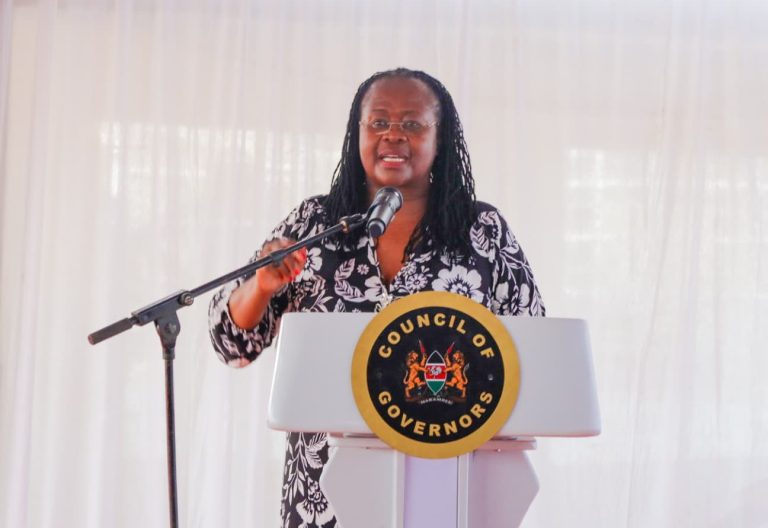Parallels of media harassment in Moi death coverage
By Victor Bwire, February 17, 2020Media coverage and handling of journalists following the death of retired President Daniel arap Moi on February 4 was clouded with claims of attempts to stifle media freedom.
Ironically, it appears that one of the dark chapters of the Moi regime was determined to follow him into the death.
Starting with the restriction of media access to his Kabarnet Gardens residence in Nairobi, the arrest of a journalist outside Nyayo National Stadium during the State funeral for lack of accreditation to the confiscation of TV equipment in Kabarak University grounds during the burial, it is safe to link the incidents to the era of harassment of journalists during Moi’s rule.
Nonetheless, a number of positive developments in the media happened during Moi’s reign. They, include the liberation of the airwaves and greater space for media enterprises to operate.
But it was not without a struggle. Media houses and journalists vigorously pushed for removal of laws that undermined media freedom, including the repeal of sedition laws in 1997 and the establishment of a taskforce on press law in 1993.
The taskforce had the mandate to “make recommendations on Press Law providing for a comprehensive legal framework for the exercise of the freedom of the Press and the development of dynamic and responsible print and electronic media, making provision, inter alia, for free access to information and its dissemination; a code of professional and ethical standards; and ownership, development and licensing of the media”.
It was also a time that campaigns for the freeing of the media from the clutches of State power.
In 1996, for instance, the Kenya Union of Journalists (KUJ) worked on a draft media bill, which they presented to the Attorney General while the Editors’ Guild published; “The Code of Conduct and Practice of Journalism in Kenya”.
The guild, in collaboration KUJ, Media Owners Association and University of Nairobi’s School of Journalism, also developed the framework for self-regulation that led to the establishment of the voluntary Media Council of Kenya Trust, the predecessor of the Media Council of Kenya.
Archaic laws were used by the Moi regime to undermine media freedom.
According to Amnesty International (1990), several people who produced, distributed, sold or had in their possession publications, music cassettes of songs criticising the government were arrested and charged under the sedition law.
Publications that got into trouble with the Moi government, besides being denied government advertisements, included Beyond, Society, Nairobi Law Monthly, Finance, African Confidential Financial Review, the Star and Radio Citizen.
Tales of editors on State intrusion in the profession abound. For instance, it wasn’t uncommon, for media managers to receive direct calls from the President expressing displeasure on editorial content.
Many journalists were arrested and some detained for publishing stories that were deemed offensive to government.
The courts were also to perpetuate harassment of media with punitive judgements being issued against the media. For instance, powerful personalities were awarded huge defamation penalties by the courts.
The other downside was the denial of broadcast licences to media deemed to anti-government—and here the struggles of the Nation Media Group and Royal Media Services over frequencies are well documented. — The writer is Programmes manager, Media Council of Kenya
More Articles

